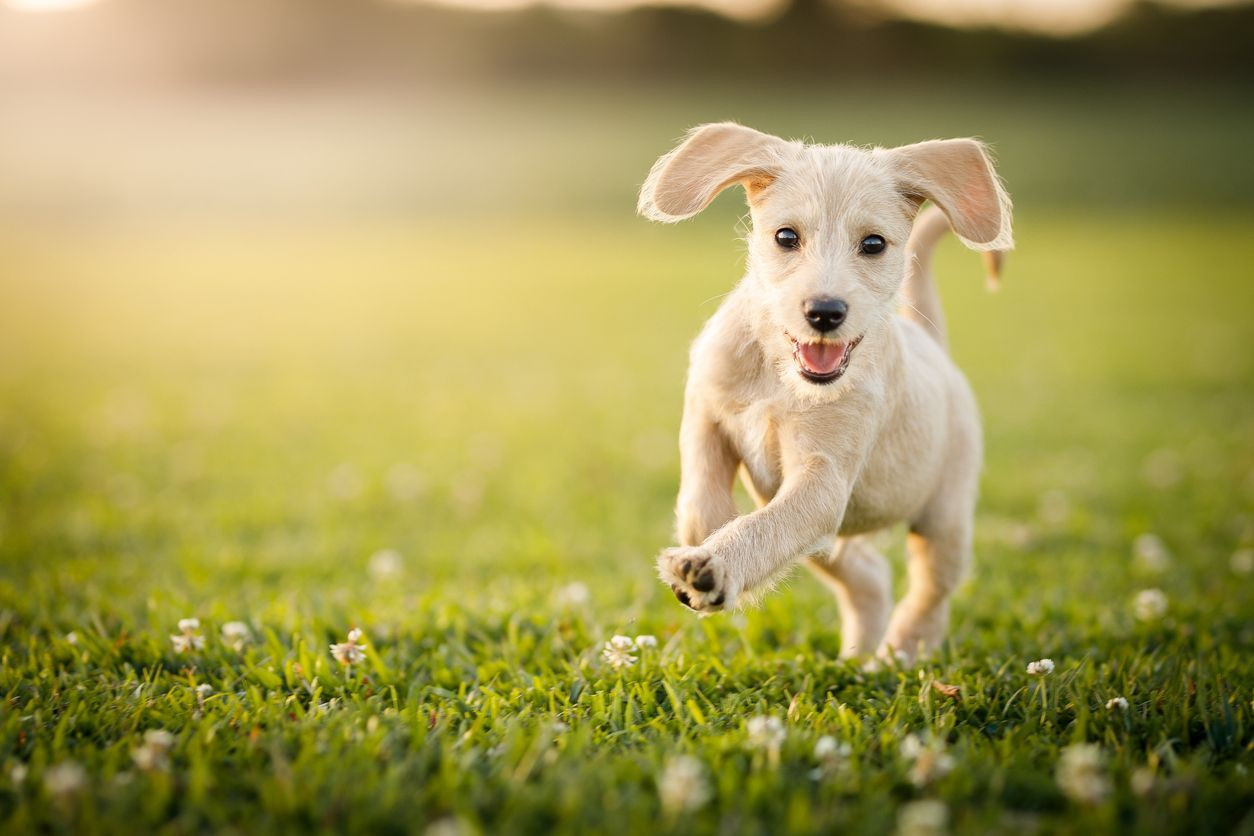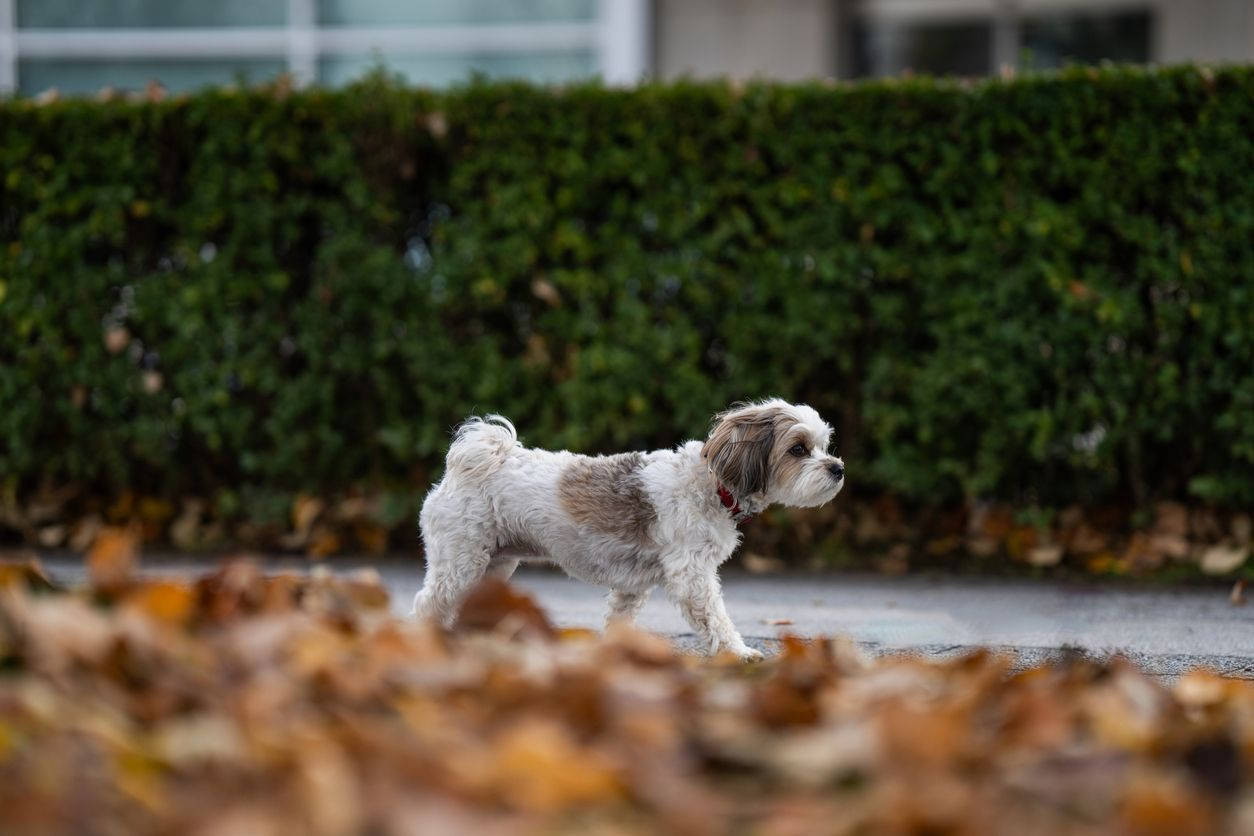A cat’s third eyelid, also known as the nictitating membrane, is a fascinating and essential part of feline anatomy. Located in the inner corner of your cat’s eye, near their nose, this fold of tissue plays a vital role in protecting the delicate surface of the eye and keeping it moist. For most cat owners, the third eyelid remains unseen, subtly doing its job in the background. However, a consistently visible third eyelid can be a red flag, signaling an underlying health issue that requires your attention.
This article will delve into the intricacies of the cat’s third eyelid to help you, as a concerned cat owner, understand:
- The purpose of the third eyelid in cats.
- The various conditions that can cause a cat’s third eyelid to become prominently visible.
- How veterinarians diagnose and treat the underlying causes of an elevated third eyelid.
Recognizing when your cat’s third eyelid is showing and understanding the potential reasons behind it is crucial for proactive pet care. Let’s explore this often-overlooked aspect of your feline friend’s health.
What Exactly is a Cat’s Third Eyelid (Nictitating Membrane)?
The third eyelid, or nictitating membrane (nictitans), in cats is a pale pinkish-white tissue that acts as an additional protective layer for the eye. Unlike our two eyelids, cats cannot consciously control their third eyelid. Instead, it operates reflexively to maintain eye moisture and offer extra shielding.
In a healthy cat, the third eyelid is typically inconspicuous, appearing only as a faint, light pink edge at the inner corner of the eye, closest to the nose. Its primary function is to sweep across the eye’s surface, spreading lubricating tears and removing debris. This action is triggered automatically when the eyeball retracts slightly into its socket. This retraction might occur as a natural response to a perceived threat, like flinching, or when there’s inflammation or discomfort in the eye itself. However, various systemic health issues and eye-specific conditions can cause the third eyelid to protrude abnormally, becoming more visible than usual.
Is it Unusual to See My Cat’s Third Eyelid?
Generally, observing more than just a small sliver of tissue at the inner corner of your cat’s eye is not considered normal. While you might catch a glimpse of the third eyelid just as your cat is drifting off to sleep or waking up, persistent visibility warrants closer inspection. A consistently raised third eyelid, even without any other noticeable symptoms, can be an indication that something is amiss and needs to be investigated.
Why is My Cat’s Nictitating Membrane Visible?
In most instances, a persistently elevated third eyelid is a sign of an underlying medical condition or an eye injury, even if your cat isn’t displaying other obvious signs of illness. The exceptions to this rule are when a cat is drowsy, just waking up, or is in the process of recovering from sedation or anesthesia.
According to Dr. Jo Myers, a veterinarian on the Vetster platform, “The third eyelid becomes prominent when something causes the eyeball to sink back into the socket or when the membrane itself becomes so swollen that it displaces the eyeball.” While a fleeting glimpse of the third eyelid is normal when a cat flinches due to fear or surprise, a consistently visible third eyelid can be linked to a range of factors.
Sleepiness and Anesthesia
It’s not uncommon to notice your cat’s third eyelid more prominently when they are sleepy or shortly after they awaken. Similarly, cats undergoing sedation or recovering from anesthesia may also exhibit elevated nictitating membranes. In these situations, the visible third eyelid is temporary and should recede back to its normal position once the cat is fully awake or has completely recovered from the effects of sedation or anesthesia.
Haws Syndrome
Haws syndrome is a condition characterized by the elevation of both third eyelids in cats when there is no primary eye disorder or issue with the eye socket itself. Since the eyes themselves are healthy, cats with Haws syndrome typically do not present with other eye-related symptoms. The exact cause of Haws syndrome remains unknown, but it is often associated with gastrointestinal (GI) upset or inflammatory disorders affecting the digestive system.
The hallmark of Haws syndrome is the protrusion of the third eyelid in both eyes, without signs of pain or other ocular symptoms. Gastrointestinal symptoms, such as vomiting or diarrhea, may or may not be present concurrently. The prognosis for cats with Haws syndrome is generally favorable, with the condition often resolving spontaneously. However, supportive treatment for any associated symptoms might be necessary. Recurrent episodes of Haws syndrome could indicate an underlying chronic GI problem that needs further investigation.
Eye Infections and Injuries
 Cat with visible third eyelid due to eye infection
Cat with visible third eyelid due to eye infection
Eye infections and injuries are common culprits behind a persistently elevated third eyelid in cats. In most cases of eye injury or infection, you’ll observe additional symptoms alongside the raised third eyelid. These may include reddened eyes, excessive squinting or blinking, and discharge from the eye. However, in some instances, a minor eye infection or injury might only manifest as a raised third eyelid, without other immediately obvious signs.
A consistently elevated third eyelid can be associated with various eye conditions, including:
- Corneal ulcers or scratches: Damage to the clear outer layer of the eye.
- Conjunctivitis: Inflammation of the conjunctiva, the membrane lining the inner eyelids and covering the white part of the eye.
- Eye irritants or foreign bodies: Presence of foreign material or irritating substances in the eye.
Conjunctivitis, commonly known as pink eye, is a frequent cause of an elevated third eyelid in cats. It’s often triggered by viral respiratory infections, particularly feline herpesvirus.
Cherry Eye
Cherry eye, or prolapsed gland of the third eyelid, occurs when the tear-producing gland, normally situated behind the third eyelid, protrudes out of its proper position. When this gland prolapses, it becomes visible as a pink, fleshy mass in the inner corner of the eye. The prolapsed gland can push the eyeball slightly backward into its socket, leading to abnormal exposure of the third eyelid.
Cherry eye is less prevalent in cats compared to dogs and is not typically considered an emergency. However, timely veterinary attention is essential to prevent potential complications affecting the eye’s mucous membrane, such as dry eye or secondary infections.
Horner’s Syndrome
Horner’s syndrome is a neurological condition characterized by a cluster of symptoms, including an elevated third eyelid, that points to dysfunction within the sympathetic nervous system. In most instances, Horner’s syndrome affects only one side of the face, but it is possible for the third eyelid to be raised in both eyes.
Besides an elevated third eyelid, other symptoms of Horner’s syndrome, while less conspicuous, may include:
- Constricted pupil (miosis)
- Mild drooping of the upper eyelid (ptosis)
- Recession of the eyeball into the head (enophthalmos)
- Increased warmth and pinkness of the affected side of the face
All of these symptoms will be present on the same side of the face and affecting the same eye. Horner’s syndrome can arise from neck injuries or other medical conditions impacting the nerves as they traverse the neck region. However, many cases are idiopathic, meaning the underlying cause remains undetermined. While Horner’s syndrome itself may not necessitate treatment, addressing the underlying cause, if identified, is crucial.
Diagnosing and Treating Third Eyelid Protrusion in Cats
When you bring your cat to the veterinarian due to a prominent third eyelid, the vet will typically conduct a comprehensive physical examination, including a thorough assessment of your cat’s eyes. To pinpoint the underlying cause and reach a definitive diagnosis, various diagnostic tests might be necessary. These tests can include:
- Fluorescein stain test: To detect corneal ulcers or scratches on the eye’s surface.
- Phenylephrine eye drops: Used to help diagnose Haws syndrome.
- Specialized eye drops: To stimulate different parts of the nervous system and help locate the lesion in cases of Horner’s syndrome.
- Bacterial or fungal culture: To identify potential infections.
- Intraocular pressure measurement (tonometry): To rule out glaucoma or uveitis.
- Blood tests: To assess overall health and identify systemic issues.
- Diagnostic imaging (X-rays, CT scan, MRI): In some cases, to investigate underlying structural or neurological problems.
Treatment strategies will vary significantly depending on the identified underlying cause of the elevated third eyelid. Potential treatments can include:
- Eye medications: Antibiotics, antifungals, or anti-inflammatory eye drops or ointments for infections and injuries.
- Management of gastrointestinal upset: Addressing any stomach issues associated with Haws syndrome.
- Treatment of neurological disorders: Managing underlying neurological conditions contributing to Horner’s syndrome.
- Surgery: Surgical correction for cherry eye to reposition the prolapsed gland.
It’s important to remember that not all causes of an elevated third eyelid require active treatment. A temporarily visible third eyelid when a cat is sleepy or recovering from anesthesia is considered normal. Haws syndrome and Horner’s syndrome may sometimes resolve spontaneously without specific interventions. While cherry eye might initially seem to resolve on its own, it often recurs, and surgical intervention is typically needed to permanently correct the prolapsed gland.
When Should You Seek Veterinary Care for Your Cat’s Eyes?
It’s always prudent to consult with your veterinarian if you observe any changes in your cat’s eyes, even if your cat appears otherwise healthy. A persistently elevated third eyelid can be an early indicator of a health problem requiring veterinary diagnosis and treatment. Telemedicine services, like online vets, can be valuable tools to help you determine if your cat’s eyes appear normal and whether a veterinary visit is necessary. An online vet may also be able to identify subtle symptoms you might have overlooked, which could point to an underlying health issue.
Is a Raised Third Eyelid in Cats an Emergency?
While a raised third eyelid alone, without other alarming symptoms, is not usually an emergency, prompt veterinary attention is still recommended. It’s important to diagnose the underlying cause of the elevated lid and initiate any necessary treatment without delay. Early veterinary intervention can help prevent further damage to the eye and address any underlying health conditions contributing to the third eyelid’s prominence.
FAQ: Understanding Your Cat’s Third Eyelid
Why is my cat’s third eyelid showing even though they seem normal?
A consistently visible third eyelid, even in an otherwise seemingly healthy cat, often indicates an issue with the eye itself or a systemic disease. Some health conditions that cause third eyelid elevation may not present with other obvious symptoms initially. While temporary third eyelid visibility is normal during sleepiness, waking up, or anesthesia recovery, persistent visibility usually signals that something is causing the eyeball to retract into the socket, such as pain or inflammation within the eye.
Is it normal for a cat’s third eyelid to show while sleeping?
It’s normal for a cat’s third eyelid to be temporarily visible when they are sleepy or immediately after waking up. If a cat’s eyelids are not fully closed during deep sleep, the third eyelid might be visible. However, the third eyelid should recede and not remain elevated once the cat is fully awake.
What does a healthy cat’s third eyelid look like?
A healthy third eyelid in a cat is typically whitish-pink in color and only subtly visible in the inner corner of the eye, near the nose. It briefly extends to protect the eye when the eyeball retracts reflexively, but it should not be persistently elevated in a healthy cat. Persistent elevation is often associated with various underlying diseases or conditions.
Why Pet Parents Love Vetster
- Book virtual vet appointments 24/7
- Access expert pet care from anywhere
- Choose from thousands of top-rated vets
Meet our vets
Get better vet care & meet with a vet in just minutes.
Talk to a vet
Related Posts
 New Puppy Guide: A companion resource for your dog’s first year of life – A small white puppy galivanting through a field
New Puppy Guide: A companion resource for your dog’s first year of life – A small white puppy galivanting through a field
New Puppy Guide: A companion resource for your dog’s first year of life
Becoming a pet parent is a big responsibility, and if you’ve never owned a dog before — or even if you have and it’s been a while! — you likely have many questions when it comes to ensuring your puppy feels happy, safe, and comfortable in their new space.
 What to do if my dog has arthritis – An older-looking small dog walking on the sidewalk, with out-of-focus fallen leaves in the foreground.
What to do if my dog has arthritis – An older-looking small dog walking on the sidewalk, with out-of-focus fallen leaves in the foreground.
What to do if my dog has arthritis
Arthritis is a joint disease that causes joint pain and mobility issues in dogs. The condition is often managed using multiple treatment methods at once.
 Cat with visible third eyelid due to eye infection
Cat with visible third eyelid due to eye infection
What to do if my puppy’s eyes suddenly get cloudy
Puppies can get cloudy eyes for many reasons. Talking to a vet is important to get an accurate diagnosis and proper treatment to avoid vision loss and eye damage.
